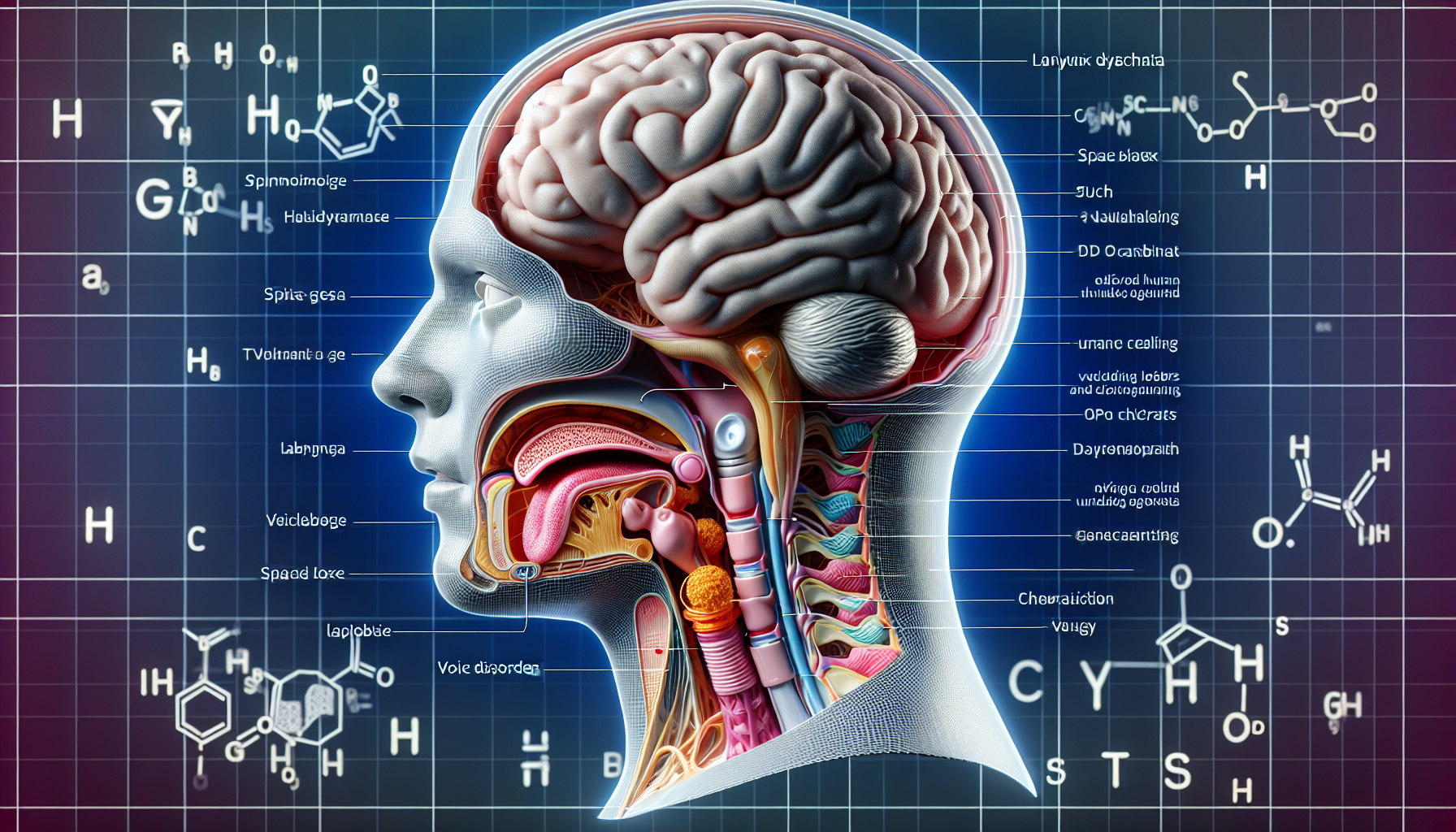Understanding the Overlooked Nonmotor Symptoms in Adolescent Epilepsy
Key Takeaways
- Nonmotor seizures in adolescents, often presenting as subtle changes in sensation, emotion, or cognition, are frequently overlooked, leading to delays in diagnosis and treatment.
- Emergency departments play a crucial role in recognizing epilepsy, but they often miss nonmotor symptoms, resulting in significant underdiagnosis in these settings.
- Improving awareness, training, and implementing systematic questionnaires in emergency settings can better detect nonmotor seizures, ensuring timely and effective treatment for adolescents with epilepsy.
Did You Know?
Introduction to Nonmotor Seizures in Adolescents
Epilepsy is a neurological condition that affects many adolescents, but not all seizures involve convulsions. Nonmotor seizures, which do not include physical spasms, often go unnoticed, especially in emergency settings. These seizures can manifest as subtle changes in sensation, emotion, or cognition, making them hard to recognize without proper training.
A recent study highlights the critical need for awareness and better diagnostic approaches for nonmotor seizures in adolescents. This research shows that these types of seizures are frequently missed, leading to delays in diagnosis and treatment.
The Challenge of Detecting Nonmotor Seizures
Nonmotor seizures can present with symptoms that are easily mistaken for other conditions. For instance, an adolescent might experience a sudden, unexplained feeling of fear or a déjà vu sensation, which could be dismissed as a psychological anomaly rather than a neurological issue. These episodes are brief, often lasting just a few seconds to a minute, making them even more challenging to catch.
Family members and bystanders might notice only subtle signs, such as a glassy stare or repetitive movements like swallowing or lip-licking. These indicators are crucial for diagnosis but are often overlooked in emergency evaluations.
Importance of Accurate Diagnosis in Emergency Departments
Emergency departments (EDs) play a pivotal role in the initial recognition of epilepsy. However, the study indicates that nonmotor symptoms are significantly underdiagnosed in these settings. Adolescents presenting with their first recognizable motor seizure often have a history of unnoticed nonmotor seizures, which goes unreported and untreated.
This oversight can delay crucial interventions and affect the overall management of the epilepsy, potentially leading to more severe health outcomes. It is essential for emergency personnel to be trained to probe for a history of less obvious seizure symptoms.
Improving Detection and Treatment
To enhance the detection rates of nonmotor seizures, EDs and neurology clinics need to adopt systematic questioning about previous unusual experiences that might indicate a seizure. Asking about feelings or sensations experienced before or during a seizure can help in identifying nonmotor seizures.
Further research is also necessary to develop and refine diagnostic tools and protocols that can better capture the full spectrum of epileptic seizures in adolescents. This includes implementing systematic questionnaires in emergency settings to ensure that subtle signs of epilepsy are not missed.
Conclusion
The underdiagnosis of nonmotor seizures in adolescents highlights a significant gap in our current medical approach to epilepsy. By increasing awareness and improving diagnostic practices, medical professionals can ensure better health outcomes for young individuals with this complex neurological condition.




